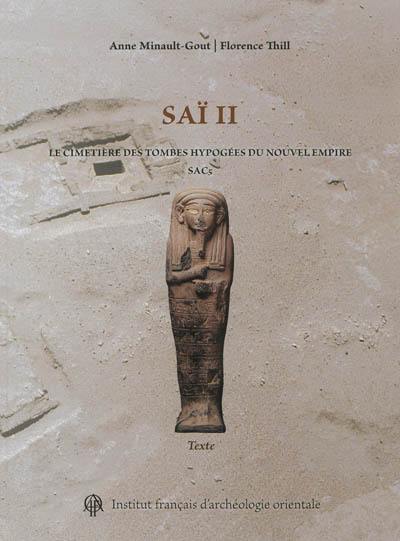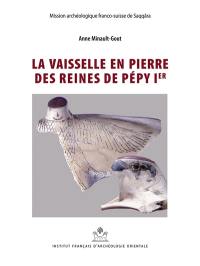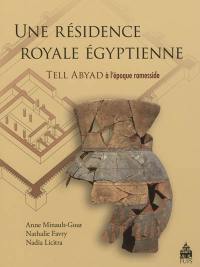
Fiche technique
Format : Relié sous étui
Nb de pages : XX-430, 176 pages
Poids : 3822 g
Dimensions : 24cm X 32cm
ISBN : 978-2-7247-0604-8
EAN : 9782724706048
Le cimetière des tombes hypogées du Nouvel Empire SAC5
Quatrième de couverture
Cette seconde monographie consacrée à l'île de Saï, entre les 2e et 3e cataractes, présente les résultats de la fouille d'un cimetière élitaire égyptien du Nouvel Empire, dont l'exploration a débuté dans les années 1970 sous les auspices de la Mission archéologique française au Soudan, dirigée par Jean Vercoutter.
Ce cimetière comprenait une vingtaine de tombes collectives hypogées surmontées de superstructures - pour beaucoup d'entre elles de type pyramidal -, comparables à celles trouvées dans les deux nécropoles nubiennes de Soleb et d'Aniba, mais aussi à celles de la nécropole thébaine et dont la période d'utilisation s'est étendue du début de la XVIIIe dynastie à l'époque pré-napatéenne. En dépit des pillages, ce cimetière recélait encore, dans certaines tombes, un riche matériel funéraire s'apparentant à celui des tombes thébaines de la même période. Parmi ce matériel très varié, comportant tous les éléments du trousseau funéraire classique d'un notable égyptien du Nouvel Empire, sont particulièrement remarquables de nombre et la variété des chaouabtis et scarabées de coeur en pierre inscrits.
Après une première partie qui présente la nécropole dans son ensemble et chacune des vingt-quatre tombes fouillées en particulier, suivies du catalogue de leur contenu, la publication propose une étude détaillée de chaque type d'objets composant le matériel funéraire.
De cette étude et de celle des titres et noms figurant sur un grand nombre d'objets inscrits, émerge l'image d'une communauté d'administrateurs civils et religieux - Égyptiens ou Nubiens égyptianisés -, en poste dans ce centre administratif de Haute Nubie qu'était Saï au début du Nouvel Empire. Cette publication contribue ainsi à éclairer l'histoire des rapports de l'Égypte avec cette région aurifère de Haute Nubie et, plus particulièrement, à mettre en lumière le rôle de la ville fortifiée de Saï et de ses habitants dans le dispositif égyptien d'occupation de la Nubie au Nouvel Empire.
This second monograph about the island of Sai, located between the second and third cataracts , presents the results of the excavation of the New Kingdom Egyptian cemetery for officials of the elite. The exploration of the cemetery began in the 1970's under the direction of the French Archaeological Mission in the Sudan led by Jean Vercoutter.
The cemetery contained about twenty collective rock-cut tombs, with superstructures, many of them pyramidal, similar to those found in Soleb and Aniba in Nubia, for example, as well as those of the Theban necropolis. The graves were in use from the beginning of the 18th dynasty until the pre-Napatan period. Despite looting, some graves still contained rich funerary equipement similar to those found in Theban graves of the same period. Among these widely varied objects, which include all the elements of the classic funerary equipment of Egyptian high officials of the New Kingdom, there are inscribed stone shabtis and heart-scarabs, remarkable in their number and variety.
The first section presents an overview of the necropolis and a description of each of the 24 graves that were excavated, including a catalogue of their contents. The monograph then offers a detailed stdudy of each type of object found among the funerary goods.
The latter study, along with an examination of the titles and names inscribed on a number of objects, depicts a community of civil and religious administrators - both Egyptians and assimilated Nubians - working in Sai, which was an administrative center of Upper Nubia at the beginning of the new Kingdom. Finally, this publication tries to shed light on the history of the relationships between Egypt and this gold-rich region of Upper Nubia and, more particularly, on the role of the fortified city of Sai and its inhabitants in the planned occupation of Nubia by the Egyptians in the New Kingdom.









